Daily Current Affairs | March 17 2025 |
Important Topics from Current Affairs : 1) India’s Infodemic Problem 2) Mudumal Megalithic Menhirs 3) Hyperloop Technology in India 4) Digital Transformation Award for RBI 5) 10th Edition of Raisina Dialogue
Jumbo IAS
3/17/20254 min read
1) India’s Infodemic Problem
In this age of information, differentiating truth from lies is becoming harder. India, with over 95.04 crores internet users, is at the centre of a growing problem: fake news.
This rising trend of fake/false information is termed ‘infodemic’.
There are two kinds of false information:
Misinformation, which is shared by mistake, and
Disinformation, spread intentionally to deceive people.
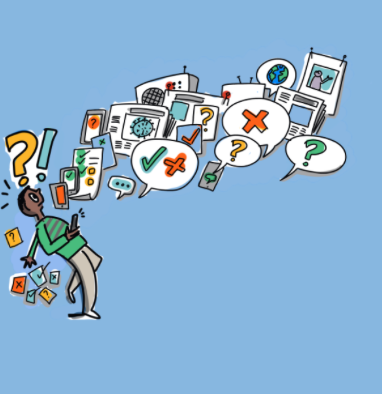

Situation in India
Covid Misinformation - 214% rise in misinformation during the pandemic, India having for 1 in 6 fake news pieces globally.
Hate Speech - As per UNESCO-Ipsos survey, 85% of urban Indians report encountering online hate speech, with 64% blaming social media.
Fake News - As per ‘NewsChecker’ report 38% of fake news originates from verified pages.
Deepfakes interfering with electoral process.
Factors Behind this Infodemic
Rise of AI - Deepfake videos, manipulated audio, and AI-generated propaganda deceive users.
Confirmation Bias and Echo Chambers - AI-driven recommendation systems reinforce biases and promote fake narratives which people believe due to ‘confirmation bias’.
Unregulated Social Media Platforms
Weak Fact Checking Regime - ECI lacks resources to counter election-related fake news.
Some Political Actors Using It - Fake news is weaponised during elections to manipulate voter sentiment.
Way Forward
A comprehensive digital disinformation law.
Introduce legal accountability for social media platforms. Eg- Germany’s NetzDG law.
Nationwide media literacy campaigns. Eg - Finland
More resources with ECI for stronger monitoring of election media landscape.
2) Mudumal Megalithic Menhirs
The Mudumal Megalithic Menhirs in Telangana’s Narayanpet district will soon be the second UNESCO World Heritage Site in the state, after Kakatiya Rudreshwara (Ramappa) Temple.
It was one of the 6 Indian sites added in UNESCO’s tentative list.
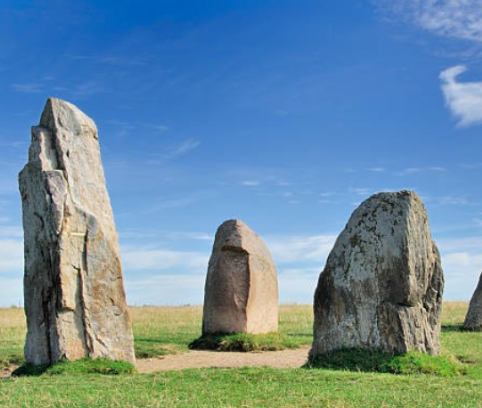

About Menhirs
A menhir is a standing or an upright stone, which is usually tapered at the top.
It is man-made, in that it is sculpted and placed by humans.
The largest surviving menhir, the Grand Menhir Brisé or the Great Broken Menhir in Brittany, France, once stood at 20.6 m tall.
The term ‘menhir’ is derived from the Brittonic “maen” meaning “stone”, & “hîr” meaning “long”, and entered the archaeological lexicon in the late 18th century.
Where are they Found ?
Found in France, Spain, Portugal, and Britain (e.g., Grand Menhir Brisé in Brittany, France).
In India, they are found in Telangana, Karnataka, Chhattisgarh, and Northeast India.
Mudumal Menhirs are considered to be India’s largest megalithic observatory.
Purpose of Mudumal Menhirs :
Some stones are aligned with solar positions on solstices, hinting at astronomical significance.
Some were used for ceremonial, religious and burial purposes.
3) Hyperloop Technology in India
Union Railway Minister Ashwini Vaishnaw announced that the electronics component technology for the Hyperloop project would be developed at Integral Coach Factory (ICF) in Chennai.
The Minister claimed that the 410-meter-long Hyperloop test tube at IIT Madras is the longest Hyperloop testing facility in Asia.
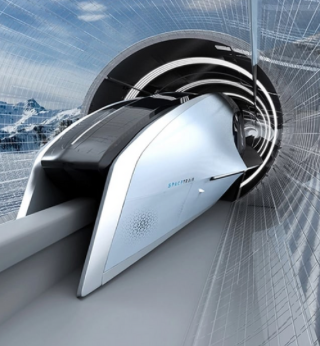

Hyperloop Technology
Originally popularised by Elon Musk in 2012, it is a transportation system in which pods/trains travel in low pressure tubes using magnetic levitation(Maglev).
Maglev - Use of powerful magnets to levitate and propel the train forward, eliminating friction and enabling high speeds.
Components - low pressure tubes to eliminate air drag and Magnetic levitation allowing pods to hover & propel forward.
Benefits - Low emissions, low noise pollution, energy efficient, reduce congestion on other modes.
Examples
The Shanghai Maglev, or Shanghai Transrapid, is a commercial high-speed maglev line that operates in Shanghai, China, using German Transrapid technology.
Japan is developing a high-speed maglev line that will connect Tokyo and Osaka, with the potential to reach speeds of over 500 km/h.
As of 2024, there are a few operational maglev lines in China, South Korea, and Japan.
The technology is still under development.
Hyperloop Project India :
IIT Madras Avishkar Hyperloop Team – Leading the project. It has completed a 410-meter Hyperloop test track
Integral Coach Factory (ICF), Chennai – Developing electronics and technical components.
4) Digital Transformation Award for RBI
RBI has won the Digital Transformation Award 2025, presented by Central Banking, London. The Award recognises excellence in digital innovation & technology-driven governance.
Awarded to - Central banks, Financial regulators, and Monetary institutions that have successfully implemented digital reforms.
RBI won this award for ‘SAARATHI’ & ‘PRAVAAH’ Initiatives.
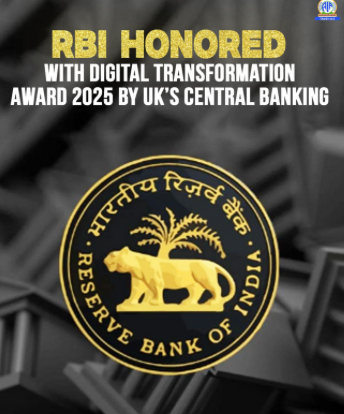

‘Saarathi’ & ‘Pravaah’
SAARATHI - It has fully digitised RBI's internal workflow, allowing employees to securely submit and share documents. Improves record management, data analysis, task tracking, collaboration.
PRAVAAH - A digital platform for external users to submit regulatory applications to RBI. The documents submitted through Pravaah are automatically linked to the Saarathi database.
Benefits - Reduced Paperwork & increased efficiency.
5) 10th Edition of Raisina Dialogue
The 10th edition of the Raisina Dialogue will be held from March 17-19, 2025, focusing on global security, diplomacy, and emerging geopolitical trends.
Raisina Dialogue is India’s flagship international conference on geopolitics and geo-economics, organized annually.
It was started in 2016 by Ministry of External Affairs and Observer Research Foundation (ORF).
Theme for 2025 - “Kalachakra” (Wheel of Time) – exploring geopolitical transformations and global uncertainties.

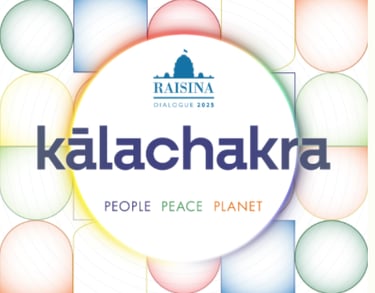
Objectives
Security Cooperation - High-level participation from global leaders, diplomats, and experts, and discussions on diplomacy, global security, geopolitics & geoeconomics.
India’s Global Stature - Enhances India’s role as a key player in international affairs.
Emerging Issues - Focus on emerging challenges in security, technology, and governance.


